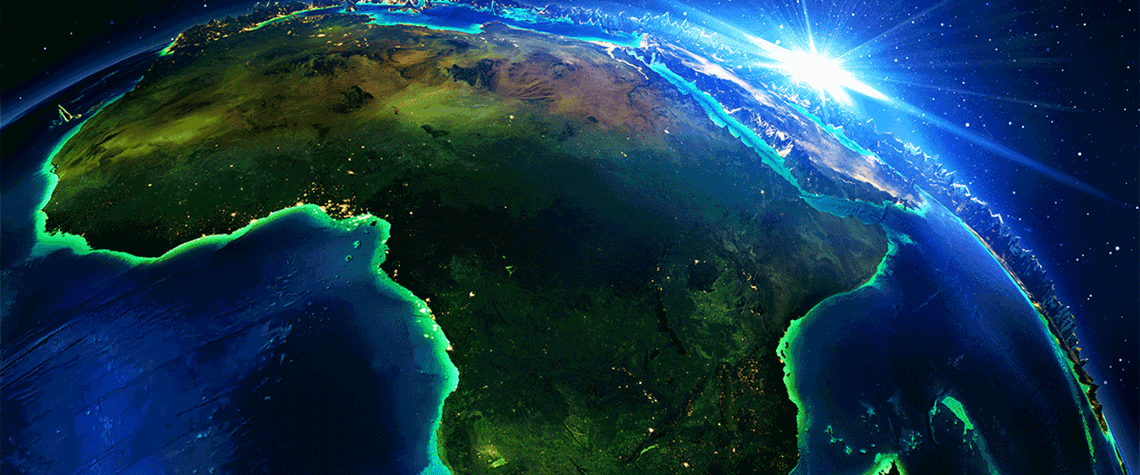African gas flaring offers opportunities and challenges
Sub-Saharan Africa is chronically starved of energy, and yet the region flares disproportionate volumes of gas every year
African governments and international bodies are attempting to reduce or at least discourage routine gas flaring, both for environmental reasons and to tap that unused energy resource. But the region still faces hurdles before it can utilise associated gas effectively. Africa—including the significant hydrocarbon-producing nations of North Africa—accounts for around 20pc of global flaring volumes but less than 10pc of oil production, according to the World Bank’s Global Gas Flaring Reduction Partnership. Algeria, Libya and Nigeria—among the continent’s largest producers—accounted for 70pc of the total in 2021. But World Bank data shows that sub-Saharan Africa still flared 13.66bn m³ in 2021—

Also in this section
12 December 2025
The latest edition of our annual Outlook publication, titled 'The shape of energy to come: Creating unique pathways and managing shifting alliances', is available now
12 December 2025
The federal government is working with Alberta to improve the country’s access to Asian markets and reduce dependence on the US, but there are challenges to their plans
11 December 2025
The removal of the ban on oil and gas exploration and an overhaul of the system sends all the right messages for energy security, affordability and sustainability
10 December 2025
The economic and environmental cost of the seven-year exploration ban will be felt long after its removal







